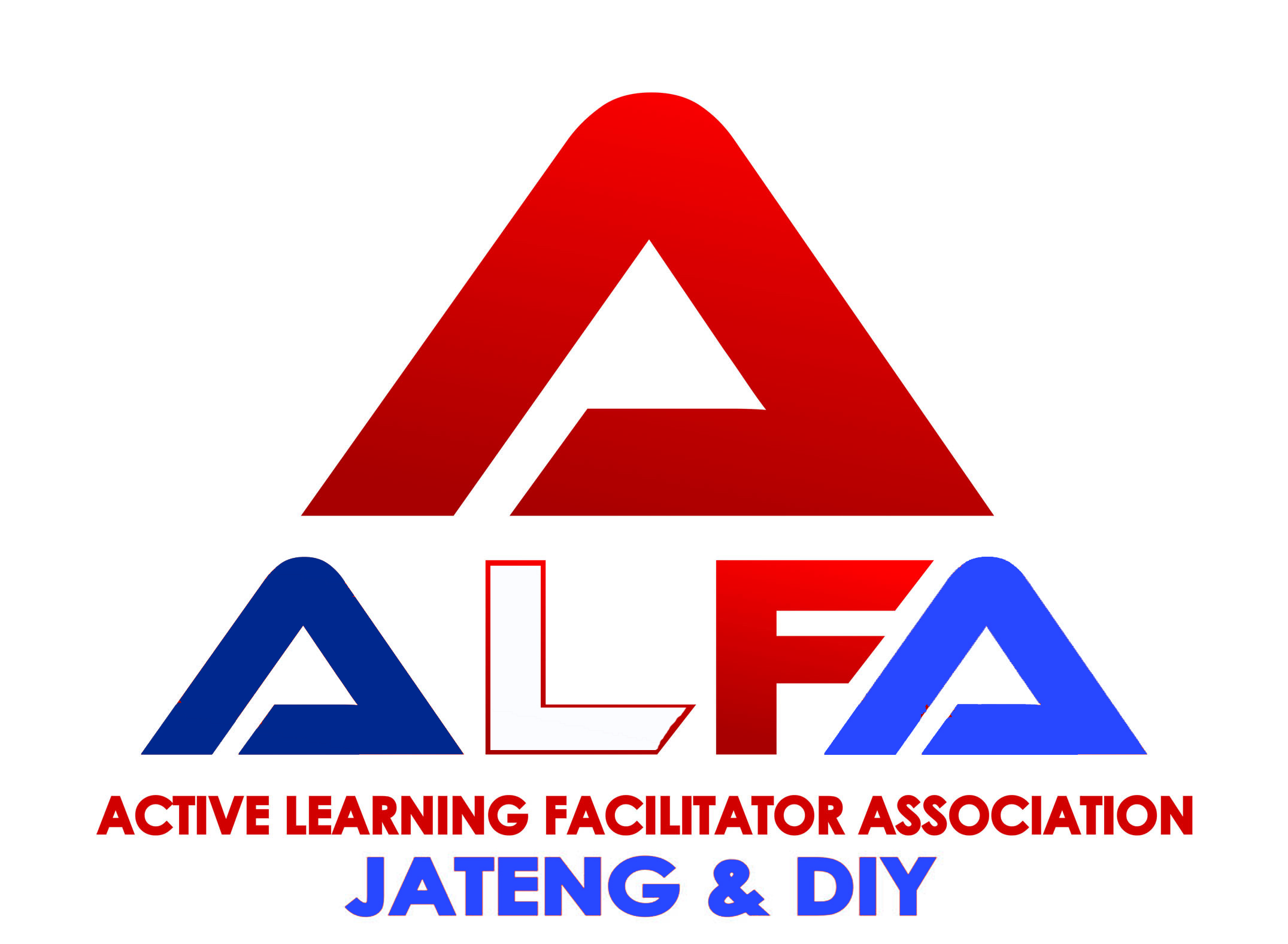Scientific Reasoning Abilities Profil of Junior High School Students in Jambi
Abstract
This study aims to determine the profile of scientific reasoning ability of junior high school students in Jambi. The type of this research is descriptive quantitative, while the research design using survey type cross-sectional design. The population in this study were junior high school students in Jambi City with a total of 25,789 students. The sampling technique used is cluster sampling. The sample used in this study is 1146 students from 15 schools with different accreditation levels. Techniques of data collection of this study are using the problem of reasoning abilities from lawson's classroom test of scientific reasoning (CTSR) in 2000. The results showed that 100% of the sample is concrete. With the ability of Conservation of matter and volume as the most ability owned by students with the percentage of 16.1% and the lowest ability is the ability of Proportional reasoning with a percentage of 3.0%. This shows that students have not been able to use their reasoning for abstract things. In general, no reasoning ability that has a percentage of 50% indicates that students' reasoning ability in junior high school is still very low and fundamental.
Keywords: Profile, scientific reasoning, junior high school, Jambi city
Full Text:
PDFReferences
Creswell, John W. (2015). Penelitian Kuantitatif & Desain Riset. Yogyakarta: Pustaka Pelajar.
Deming, J., & O'Donnell, J. (2011). Educator request for the Classroom Test of Scientific Reasoning.
Ding, L. 2014. Verification of Causal Influences of Reasoning Skill and Epistemology on Physics Conceptual Learning. Physical Review Special Topics-Physics Education Research, 10(2): 1—5.
Lawson, A. E., et. al. 2000. What Kinds of Scientific Concept Exist? Concept Construction and Intelectual Development in College Biology. Journal of Research in Science Teaching, 37(9): 996—1018
Lawson, A. E. 2004. The Nature and Development of Scientific Reasoning Synthetic View. International Journal of Science and Mathematics Education , 2: 307—338
Han, J. (2013). Scientific reasoning: Research, development, and assessment. The Ohio State University.
Nehru, N., & Syarkowi, A. 2017. Analisis Desain Pembelajaran Untuk Meningkatkan Literasi Sains Berdasarkan Profil Penalaran Ilmiah. Wahana Pendidikan Fisika.
OECD, Draft Science Framework, 2013, Pairs: OECD.
Shofiyah, N., Supardi, Z., & Jatmiko, B. 2013. Mengembangkan Penalaran Ilmiah (Scientific Reasoning) Siswa Melalui Model Pembelajran 5e Pada Siswa Kelas X Sman 15 Surabaya. Jurnal Pendidikan IPA Indonesia.
Santrock, J. W. 2007. Perkembangan anak. Jakarta: Erlangga.
Schunk, D. H. 2012. Teori-teori pembelajaran: perspektif pendidikan.
Shayer, M. &P. S. Adey. (1993). Accelerating the development of formal thingking in middle and high school students IV: Three years after a two-year intervention. Journal of research in Science Teaching. 30(4), 351-366
Sugiyono. (2016). Metode penelitian pendidikan. Bandung : Alfabeta
T. Raka Joni. (1984) Pengukuran dan Penilaian Pendidikan. Surabaya: Karya Anda
DOI: https://doi.org/10.31002/ijose.v3i1.627
Refbacks
- There are currently no refbacks.
Copyright (c) 2019








